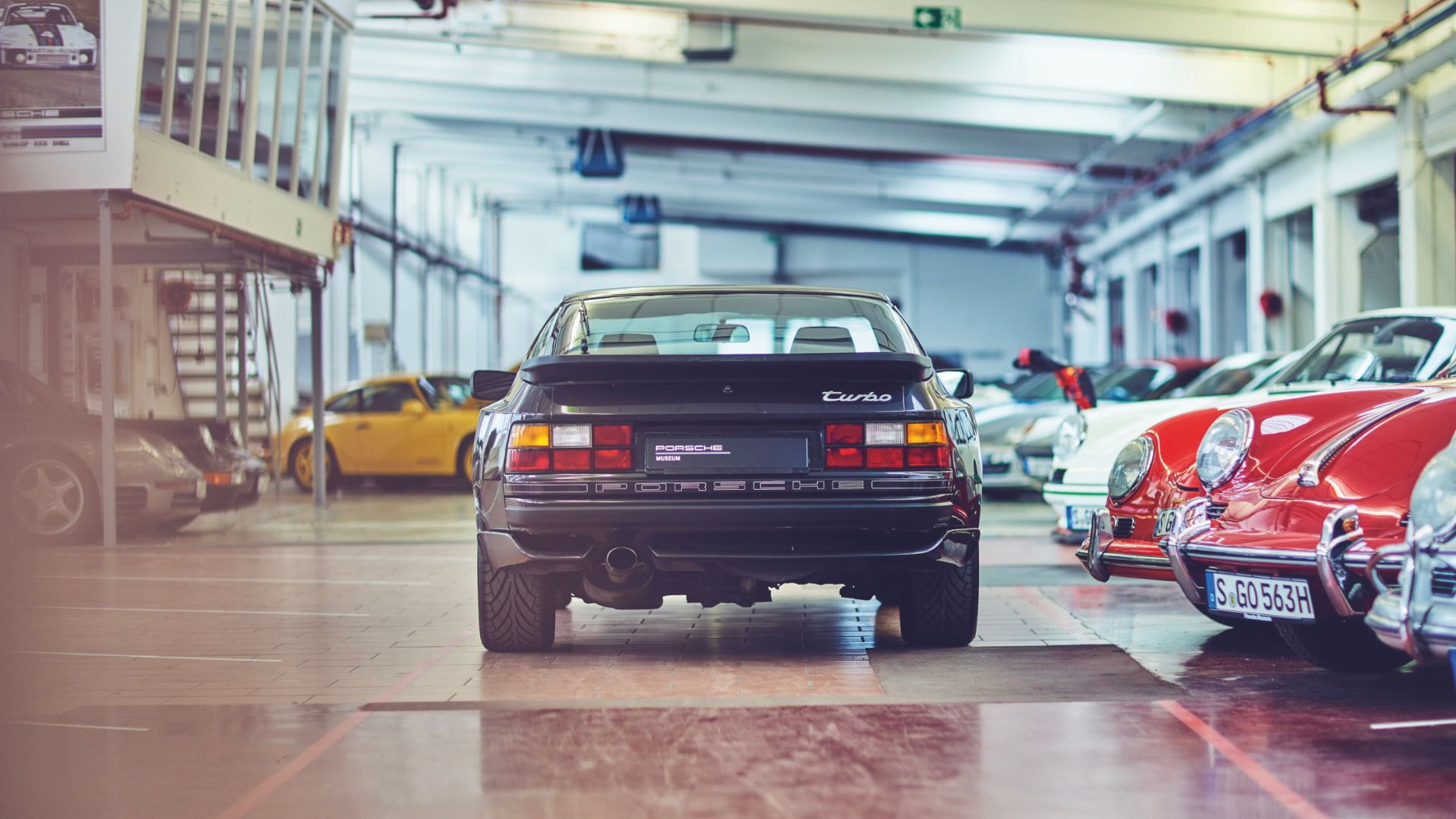What Makes Porsche's PDK Transmission So Great
The beloved gearbox has been around for decades - for a good reason.












Fascinating History
Porsche's PDK transmission has become one of the more popular gearboxes on the market over the past several years, for a variety of very good reasons - it's reliable, quick-shifting, and downright bulletproof, namely, not to mention capable of banging through the gears faster than any human possibly could. But surprisingly, the PDK has been around for decades, a fascinating footnote in an industry where things change constantly, and it all began with some routine development work by Porsche engineer Rainer Wüst.
Photos: Porsche
Young Pup
"Well, the level of respect was high, the task enormous," Wüst recalled. "And me, a young pup. It was stressful too. But at the same time it was an amazing opportunity - and looking back, a really great story.” Since 1971, Wüst had worked at Porsche as a transmission test engineer, and 10 years later, not yet 35 years old, he became the Technical Manager responsible for the development of the power-shifting Porsche dual-clutch transmission (PDK).
Photos: Porsche
Preliminary Work
Fourty years ago, Wüst found old transmission development prototypes from the legendary engineering genius Imre Szodfridt languishing in storage. At the end of the 1960s he had already pitched the idea of a dual-clutch system to the Head of Development at Porsche at the time, Ferdinand Piëch. "Szodfridt was a very clever man, so this preliminary work helped us," Wüst said. What didn’t help was that, at the start of the 1980s, there were neither powerful control electronics nor vehicle-compatible electrohydraulic valves in series production.
Photos: Porsche
Spectacular Development
A special 944 prototype fitted with an early PDK gearbox was built with a minus sign to show that you push the lever to shift down, behind it a plus sign to indicate that you pull the lever to shift up. This was all that was necessary for changing gears. It was a spectacular development. Because the gears in the PDK are divided between two sub-transmissions, each with its own clutch and only one of which is ever engaged at any one time, the new gear can already be engaged in the second sub-transmission. Thus, the gear is changed simply by closing the now-active clutch while simultaneously opening the previously active one.
Photos: Porsche
Motorsports Tested
However, the 944 mule was only an intermediate step. Porsche's Head of Development at the time, Helmuth Bott, was convinced that everything that could be tested in motorsport should be tested there. As a result, they decided to put the capabilities of the newly developed PDK to the test on the racetrack with the 956. The technophile racing drivers immediately recognized the enormous potential of the new development. "We were able to change gears and drive significantly faster without interrupting the engine’s drive," said Hans-Joachim Stuck, who according to Wüst had the idea of putting gearshifters on the steering wheel - a ground-breaking suggestion that later became reality. "Being able to keep my hands on the steering wheel when changing gears at full throttle felt great right from the start."
Photos: Porsche
Enduring Legend
After working out some kinks, the PDK was ready for prime time, and the rest, as they say, is history. In 2008, Porsche introduced the PDK as an optional extra for the 911 series. One year later, it was offered as a variant for the standard drive architecture of the Panamera. As such, it became the first Porsche to be fitted with PDK as standard in some models. "PDK is definitely a highlight of my 38 years at Porsche," Wüst said. "There were many lovely projects, and this was one of the loveliest. A lot of what you work on ends up in the bin. But this is here to stay, I can feel it. This makes me proud. When I see a car with PDK on the road today, I know - a piece of me is inside that. And this is a wonderful development."
Photos: Porsche
>>Join the conversation about Porsche's PDK right here at Rennlist.com.
>>For help with your do-it-yourself maintenance and repair projects, please visit our how-to section.
